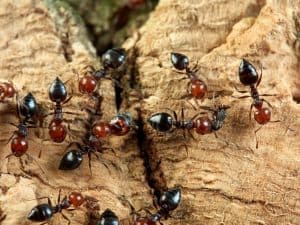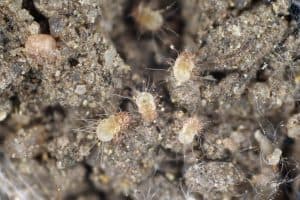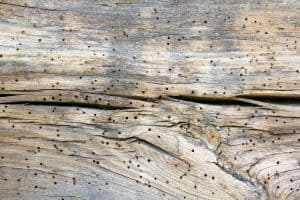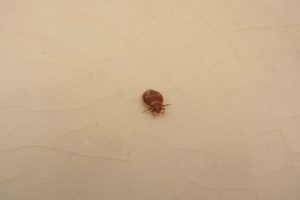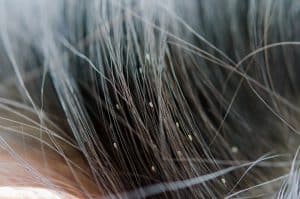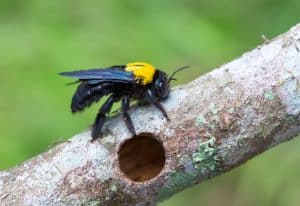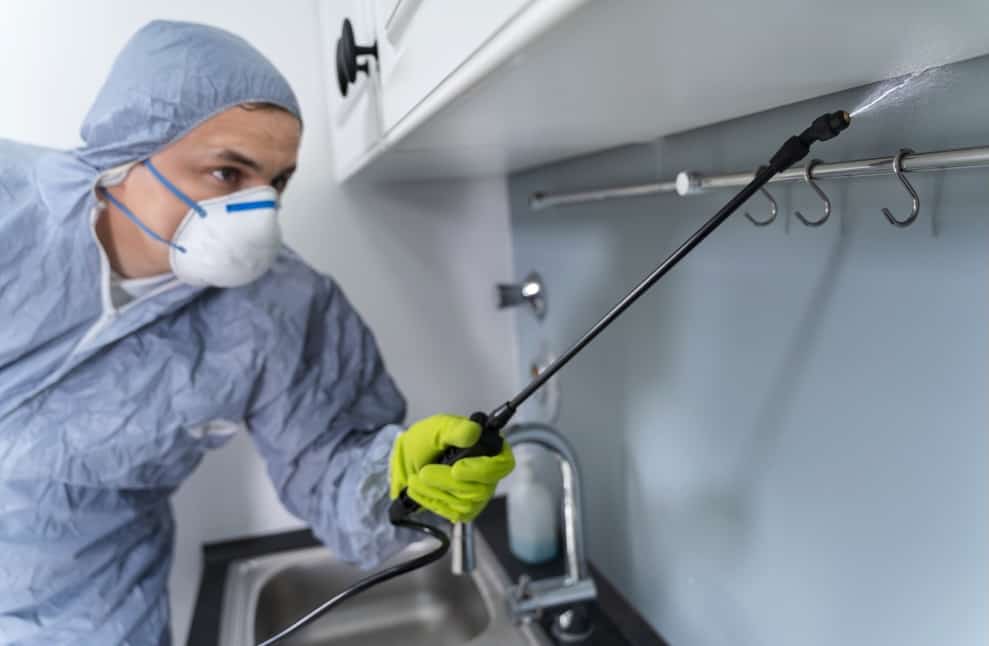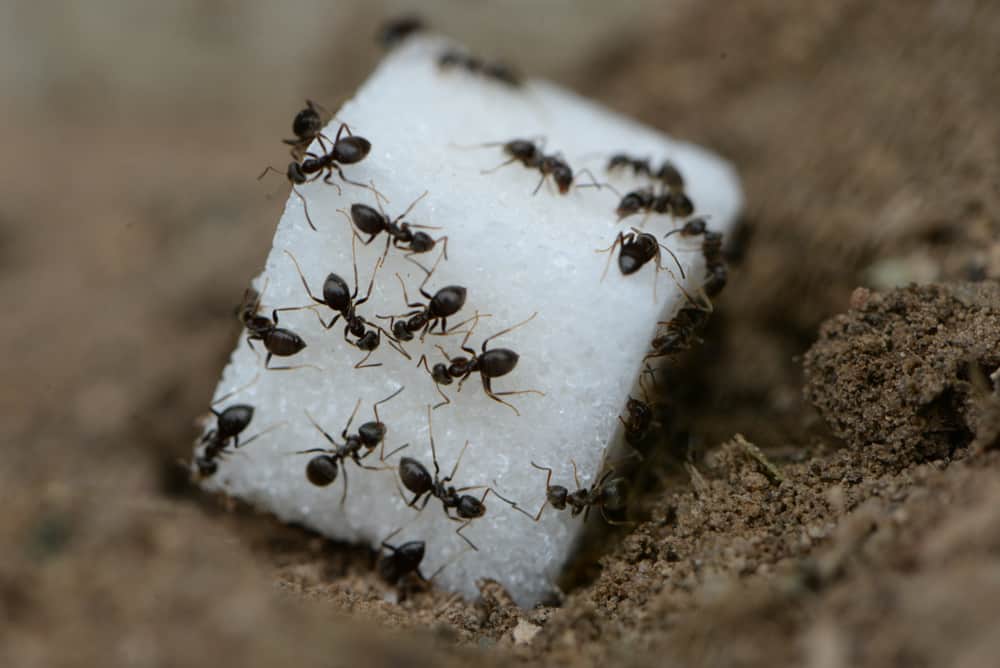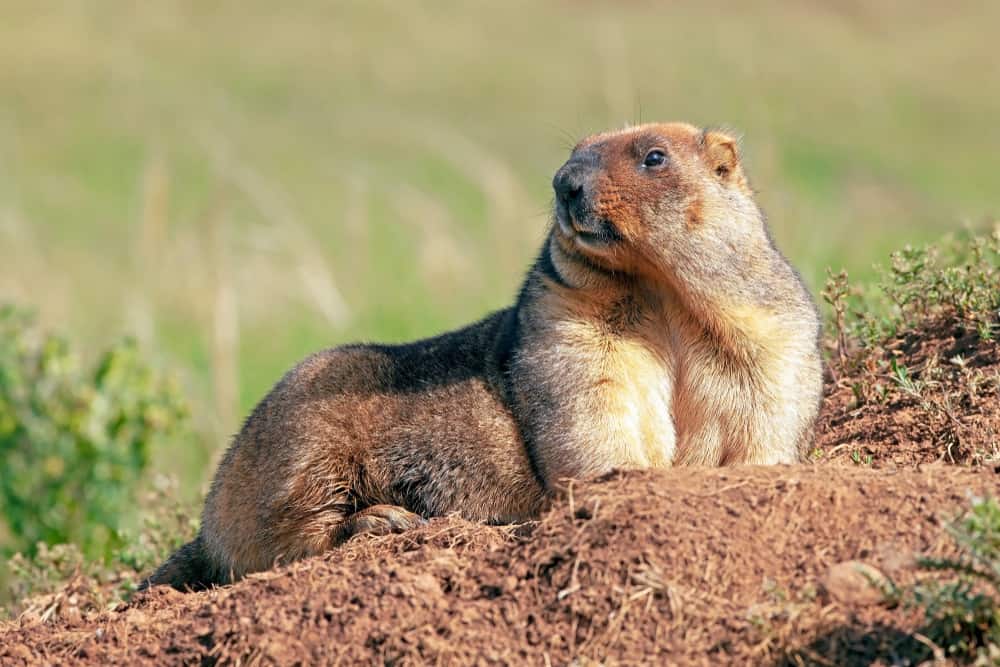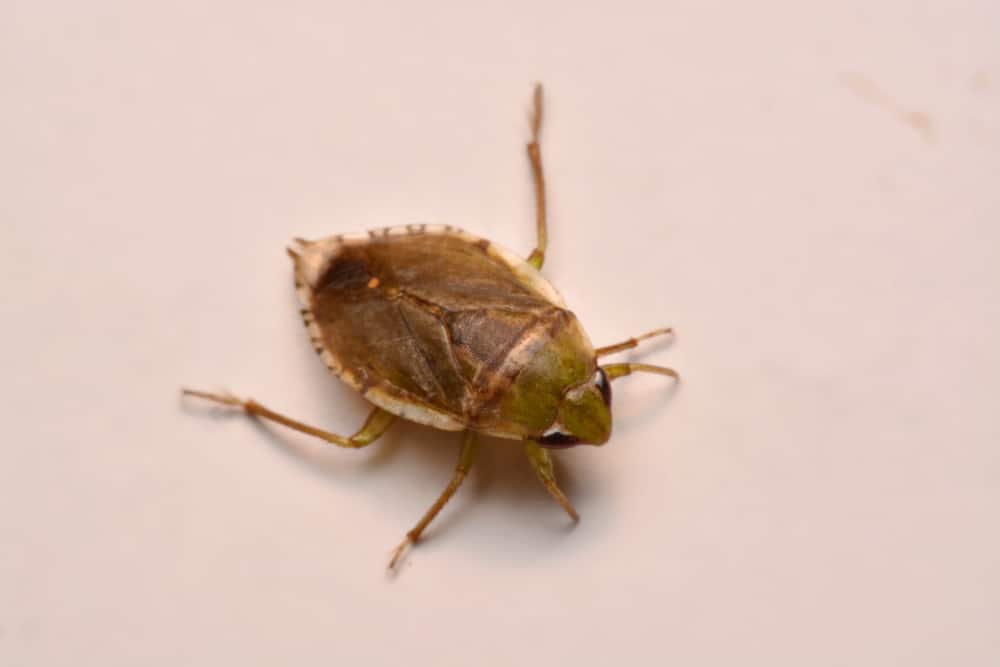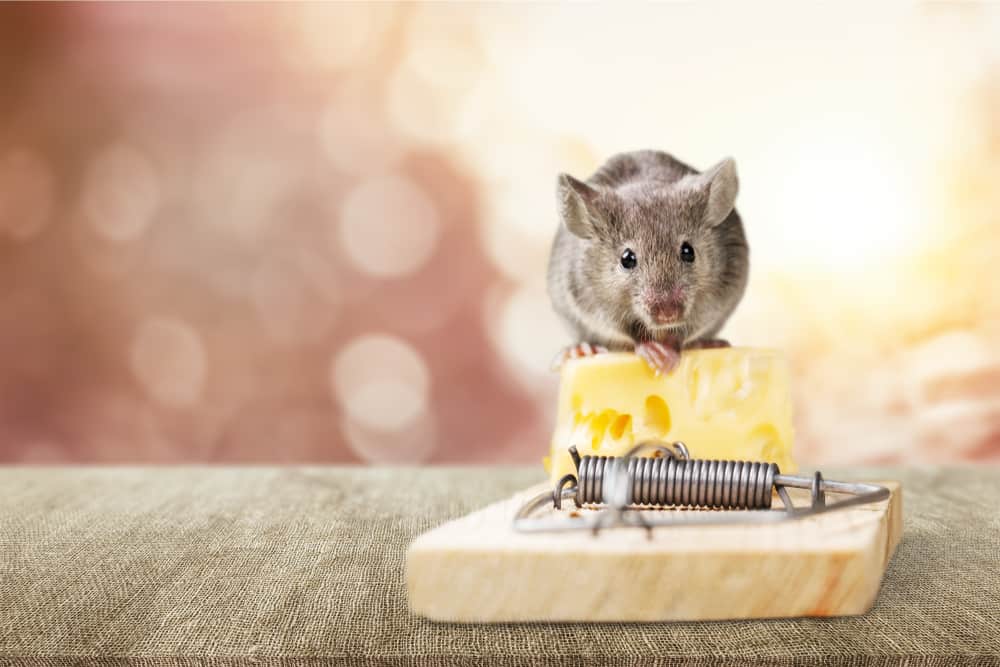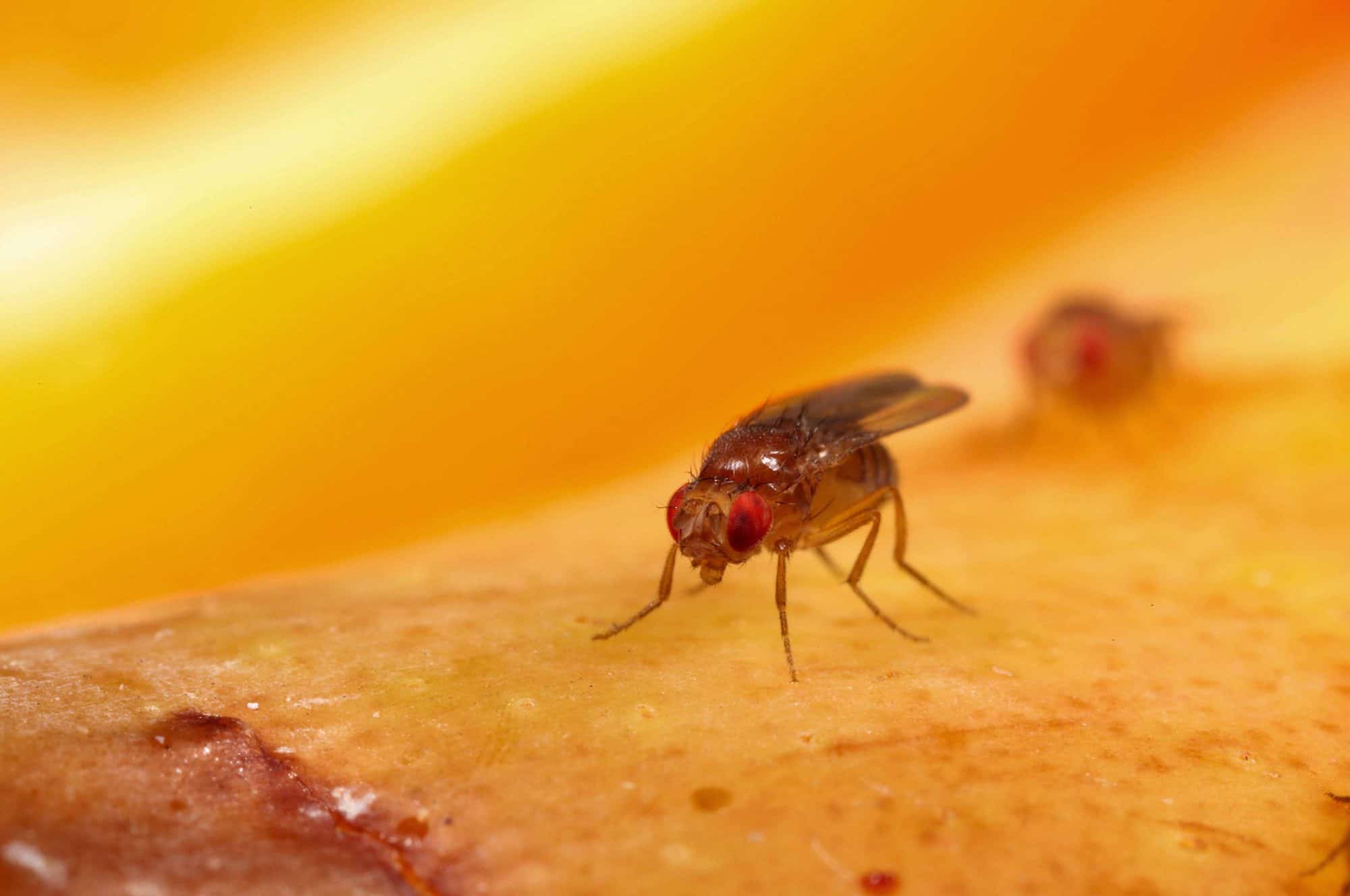Termites are fairly common pests that can do significant damage to your property.
That’s why it’s important to know what they look like so that if you spot one, you know how to get rid of them.
However, if you’re not an expert in insect identification, it can be tricky to know what you’re looking at.
Here are a few termite look-alikes that you may encounter inside or outside your home.
Page Contents:
Bugs That Look Like Termites
Carpenter Ants
Carpenter ants are probably the number 1 insect that is mistaken for termites, due to their similar physical appearance and behavior.
Termites and carpenter ants both share a similar color and body shape, but there are a few key differences. Carpenter ants have longer, bent antennae, and their body is divided into segments.
While both termites and carpenter ants have two pairs of wings, the second set of a carpenter ant’s wings are about half the size of their first set, while termite wing sets are the same size and shape.
While they are a completely separate species, carpenter ants are also found in wood structures, which is where they like to build their nests.
They construct tunnels throughout dry wood, per their namesake, and can cause a decent amount of damage.
Mites
Mites are small, reddish-brown, and oval-shaped insects.
At first glance, their appearance may be concerning.
With eight legs and significant mandibles, they could be mistaken for termites. However, there is no need to worry about them.
Mites are very small, approximately 1 millimeter in length, while termites can be ½ inch or larger. They don’t pose too much of a threat, although sometimes they can cause allergic reactions.
Powderpost Beetles
Also known as furniture beetles, these insects are native to the southeastern United States. Like carpenter ants, they chew through wooden structures to build a nest.
As a result, this can be devastating for your home or property.
Powderpost beetles prefer wood that is damp, usually something outdoors or exposed to the elements.
They are small, dark, and round compared to termites. They are recognizable by their clicking noises, while termites tend to buzz.
Swallow Bugs
Swallow bugs are also small and round-looking bugs. They have six legs and a long pair of antennae.
Swallow bugs tend to hide out in swarms or nests in human structures, so if you come across them, your first thought may be “termites!”
They are also known to inhabit swallow bird nests.
These bugs are pesky but luckily they don’t cause property damage. However most people will experience an allergic reaction from coming into contact with them.
Acrobat Ants
Like termites, acrobat ants favor wood as their preferred habitat. They are dark in color and segmented with six legs.
Acrobat ants typically don’t build their own nests but take over the nest of a previous pest inhabitant, such as termites.
You don’t have to worry about these insects burrowing holes in your property, but they may move into existing holes if you evict a previous tenant.
Head Lice
Lice are about 2 to 3mm in size and they resemble termites in their shape. However, lice have no wings and are nearly transparent in color.
As you may know, lice are parasitic and infest the head and neck of a human to feed on their scalp. They are often passed from individual to individual through contact.
They generally don’t do any damage to property, but if you find something in your child’s hair, you may have a different problem.
Carpenter Bees
Carpenter bees are a different insect altogether. They fly around and burrow in wood, especially trees, and similar structures to fashion their nest.
They are significantly larger than termites, often around an inch in size. Unlike termites, they live alone, building a nest for themselves and their young.
Termites live in a collective swarm in which they are dependent on each other for survival.
How Big Are Termites?
Termites are generally between ¼ inch and ½ inch in size, though some can be larger. If you come across termites on your property, you are most likely seeing worker termites, which do not reproduce.
Termites that reproduce, known as king and queen termites, are at least 1 inch in size. King and queen termites also do not have wings.
Reproductive termites remain inside the nest where they produce eggs. You won’t see them unless you start taking them apart for removal.
What Do Termites Eat?
Termites eat what is known as cellulose, a type of fiber naturally occurring in plant matter. It is extremely difficult to break down and digest.
Only termites and a few other organisms are able to do it. Cellulose is most notably found in wood, but also in carpeting, fabric, cardboard, and insulation.
Because these are items often used in homes, termites tend to locate these food sources as potential spots for nests.

